A logo is a critical brand asset that serves as the face of a company. It’s often the first thing customers notice about a brand, and a well-designed logo can convey a lot about a business’s personality, values, and offerings. In the world of design, logos are grouped into various types, each with its own unique characteristics and advantages.
Whether you’re a startup or an established business looking to rebrand, understanding the different logo types is crucial for creating an impactful and memorable visual identity. In this article, we’ll explore the nine essential logo types, provide examples of companies that use each type, and offer insights into why they chose that particular design.
1. Wordmark Logos
A wordmark logo is a typography-based design that consists solely of the company’s name stylised in a distinct font. Companies like Google, Visa, and Coca-Cola use wordmark logos due to their simplicity and ease of recognition.

Why companies use wordmark logos: Wordmark logos work well for companies with short, memorable names. They’re easy to read and can become synonymous with the brand over time.
2. Lettermark Logos
A lettermark logo is a typographic design that uses one or more letters, typically the initials of the company name. Examples include NASA, HP, and IBM.
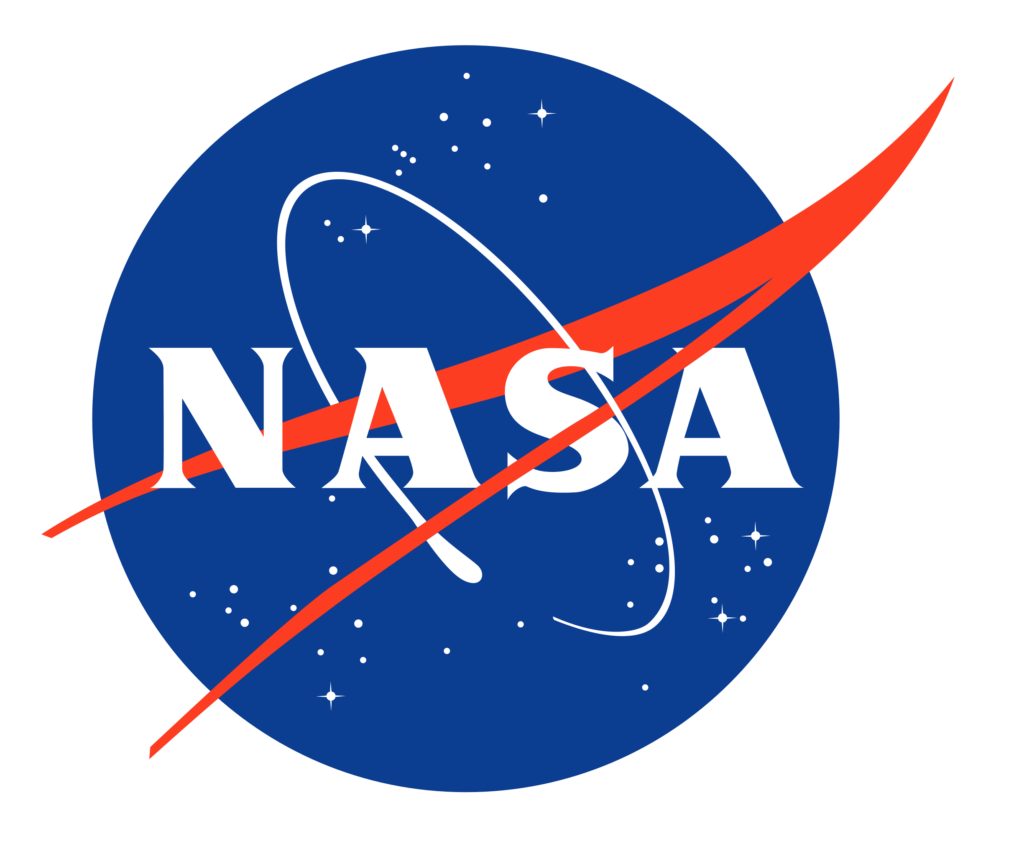
Why companies use lettermark logos: Lettermark logos are compact and memorable, making them ideal for companies with long or complicated names. They also work well for companies that want to convey a sense of professionalism or authority.
3. Pictorial Logos
A pictorial logo is an iconic or illustrative symbol that represents the company’s products, services, or values. Examples include Apple’s iconic apple, X (formerly Twitter) and Playboy’s bunny.
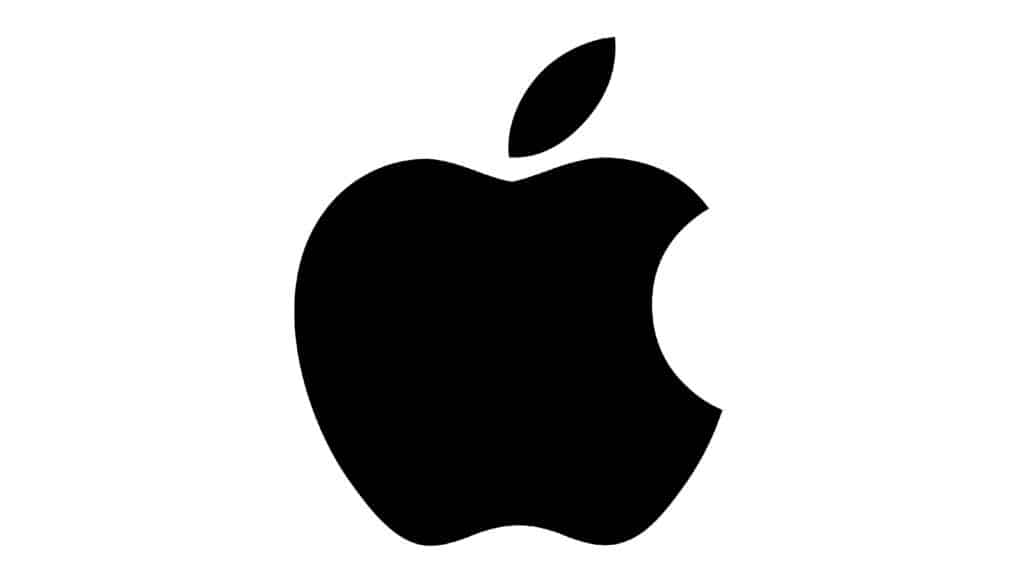
Why companies use pictorial logos: Pictorial logos are highly recognisable and can convey a brand’s identity or personality without using any text. They’re often used by companies with strong visual branding.
4. Abstract Logos
An abstract logo is a geometric or abstract symbol that doesn’t directly represent the company’s products or services. Examples include the Nike Swoosh, the Adidas Trefoil, and the Pepsi divided circle.
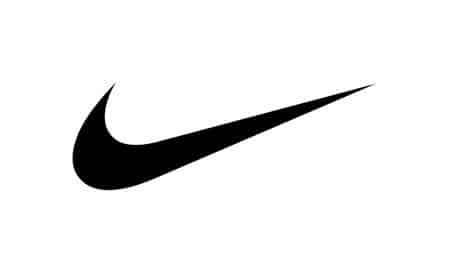
Why companies use abstract logos: Abstract logos are versatile and can be interpreted in various ways, allowing for a more open-ended brand identity. They’re often used by companies that want to convey a sense of modernity or innovation.
5. Mascot Logos
A mascot logo features a character or anthropomorphic figure that represents the brand. Examples include the Energizer Bunny, the Michelin Man, and the KFC Colonel Sanders.

Why companies use mascot logos: Mascot logos are memorable and can help build brand personality and emotional connections with customers. They’re often used by companies that target families or children.
6. Combination Logos
A combination logo combines a wordmark or lettermark with a pictorial or abstract symbol. Examples include Burger King, Lacoste, and Puma.
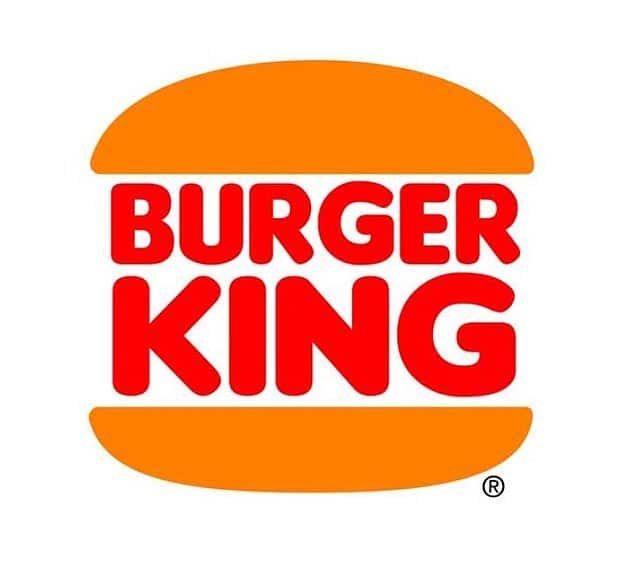
Why companies use combination logos: Combination logos offer the best of both worlds – a recognisable symbol and a text-based element that reinforces the brand name. They’re versatile and can be used in various applications.
7. Emblem Logos
An emblem logo is a crest or seal-like design that often incorporates text and imagery within a symbolic border or shape. Examples include Starbucks, Harley-Davidson, and the U.S. Army logo.
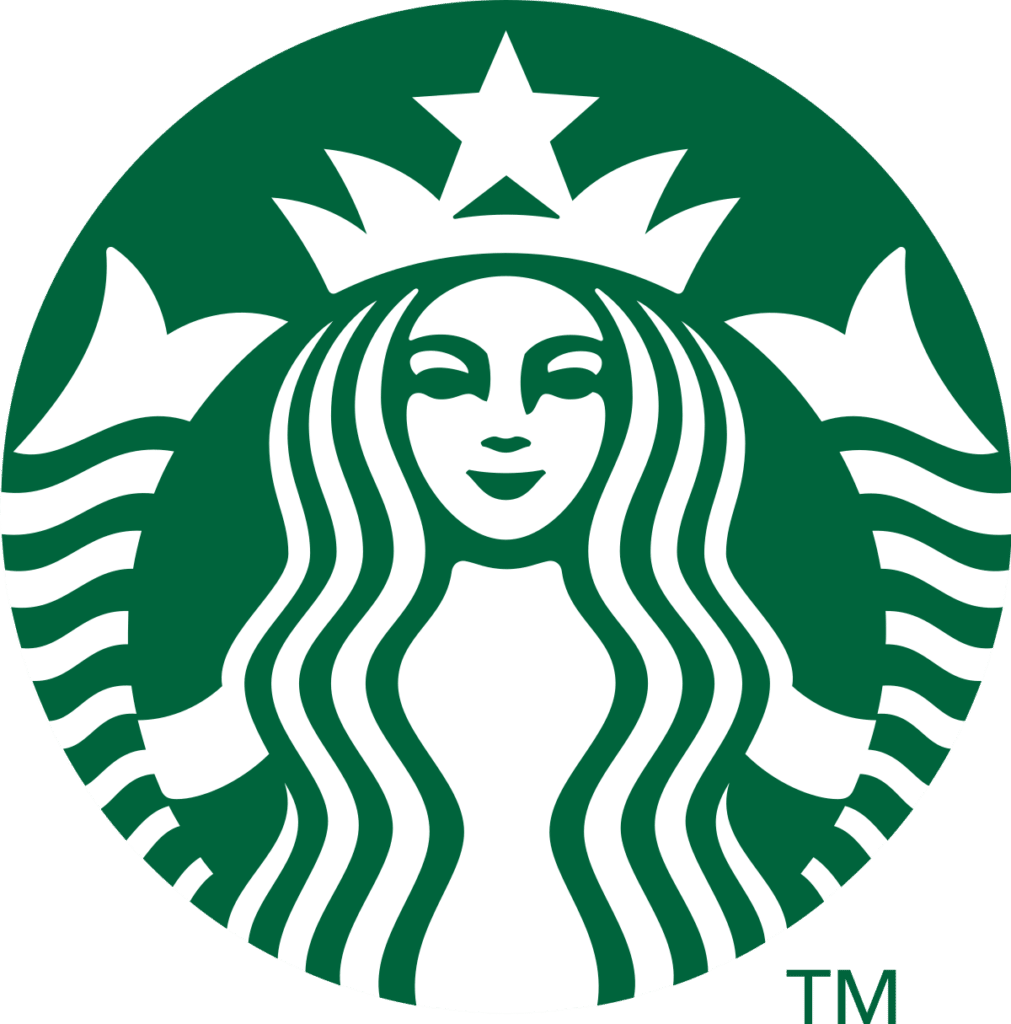
Why companies use emblem logos: Emblem logos convey a sense of tradition, heritage, and authenticity. They’re often used by companies that want to project an established or prestigious image.
8. Monogram Logos
A monogram logo is a typographic design that combines two or more letters, often the initials of the company name, into a single emblem or symbol. Examples include Louis Vuitton, Chanel, and Volkswagen.

Why companies use monogram logos: Monogram logos are elegant and sophisticated, making them popular among luxury brands. They’re also compact and memorable, which is beneficial for companies with long or complex names.
9. Dynamic Logos
A dynamic logo is a logo that incorporates movement, animation, or interactive elements. Examples include Google’s multi-coloured “G” logo, the MLB’s “batter” logo, and the NBC peacock logo.
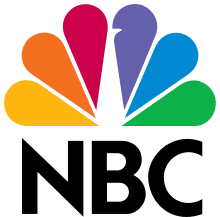
Why companies use dynamic logos: Dynamic logos are eye-catching and can convey a sense of energy, vibrancy, or modernity. They’re often used by companies in the technology, entertainment, or sports industries.
Choosing the right logo type is a crucial step in building a strong brand identity. Each logo type serves a specific purpose and can convey different messages about your company. Whether you opt for a simple wordmark or a more complex combination logo, the key is to ensure that your logo accurately represents your brand’s personality and resonates with your target audience.
If you’re in need of a new logo or a brand refresh, consider reaching out to us and we can guide you through the process of creating a logo that perfectly captures the essence of your business.
